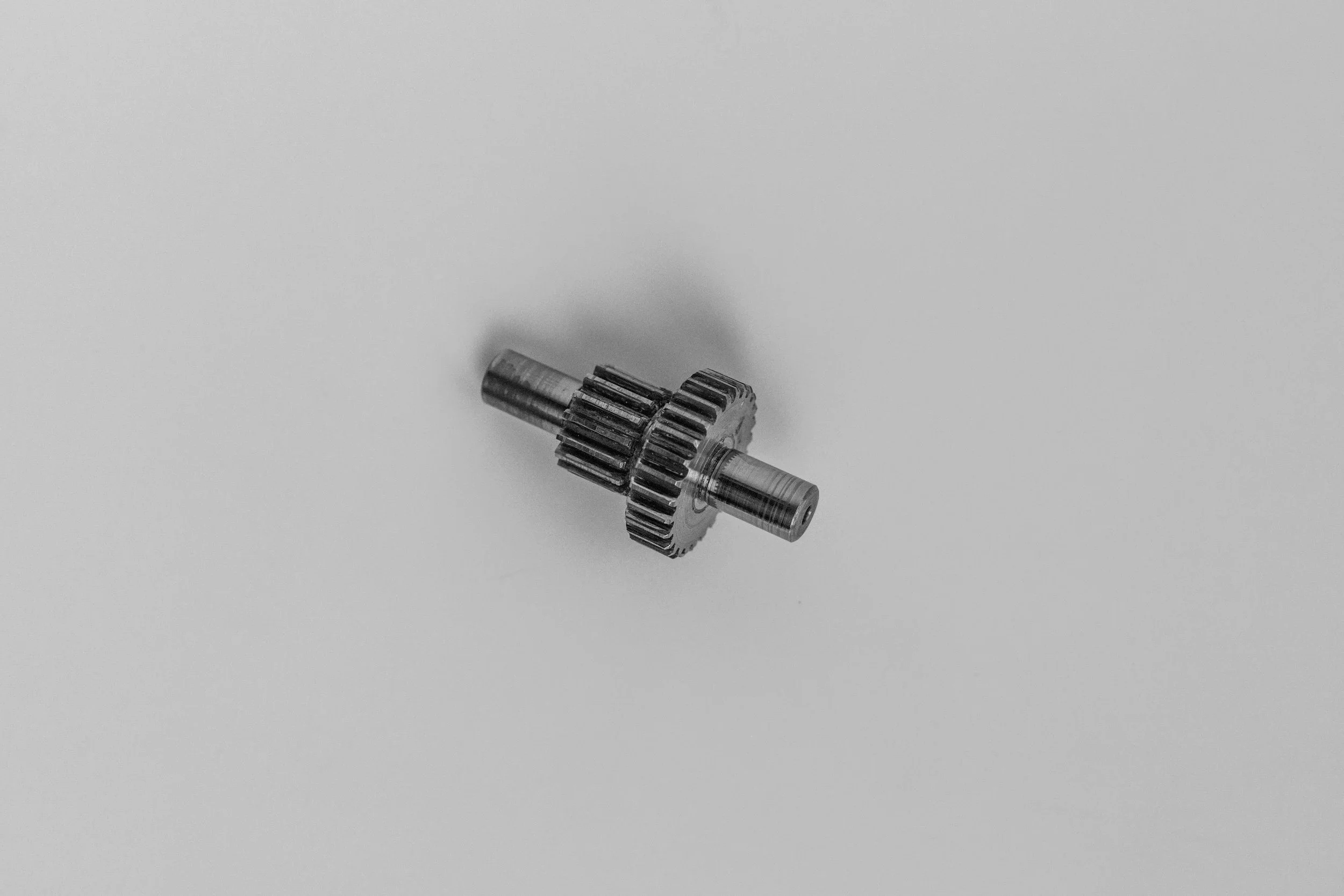Beat Headaches from Weather!
/Try these science-backed tips to find relief — and for long-term solutions, Functional Testing can help you get to the root cause faster.
🌧️ 1. Prepare for Barometric Pressure Drops
How:
Use a weather app that tracks barometric pressure.
If you're sensitive, take preventive action when you see pressure dropping.
What to do:
Take magnesium (200–400 mg/day) — it helps stabilize blood vessels.
Consider a natural vasodilator like ginger tea or feverfew (herbal migraine remedy).
💧 2. Stay Hydrated
Why it matters:
Even slight dehydration, common with high humidity and changes in routine, can worsen headaches.
Tip:
Sip water consistently throughout the day — aim for at least 1.5–2 liters.
Add electrolytes if you sweat a lot or feel lightheaded.
🤧 3. Clear Your Sinuses
Why it matters:
Rain often means sinus pressure. Inflammation here can cause facial pain and headaches.
How to help:
Use a neti pot or saline nasal spray to flush your sinuses.
Steam inhalation (with eucalyptus or peppermint oil) reduces sinus swelling.
Apply a warm compress over the sinuses.
😴 4. Support Your Nervous System
Key nutrients:
B2 (Riboflavin): 200–400 mg/day can reduce migraine frequency.
Magnesium and CoQ10: Help stabilize brain energy and blood flow.
Adaptogens like Rhodiola or Ashwagandha may help if you’re sensitive to stress-related weather shifts.
☁️ 5. Improve Indoor Lighting
Why it matters:
Rain reduces natural light, which can mess with serotonin and melatonin levels.
What helps:
Use a light therapy lamp in the morning for 15–30 minutes.
Open curtains or sit near windows even on cloudy days.
🧘 6. Manage Migraine Threshold
General lifestyle tips:
Keep regular sleep, meal, and exercise routines.
Avoid known food triggers: chocolate, aged cheese, MSG, red wine, etc.
Try gentle yoga, deep breathing, or progressive relaxation.
🧴 Bonus: Essential Oil Relief
Try peppermint oil on temples or lavender oil inhalation — both have shown headache-reducing effects in studies.































